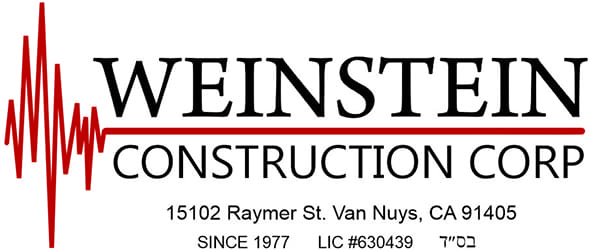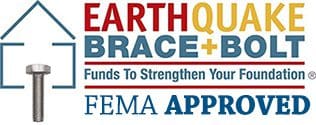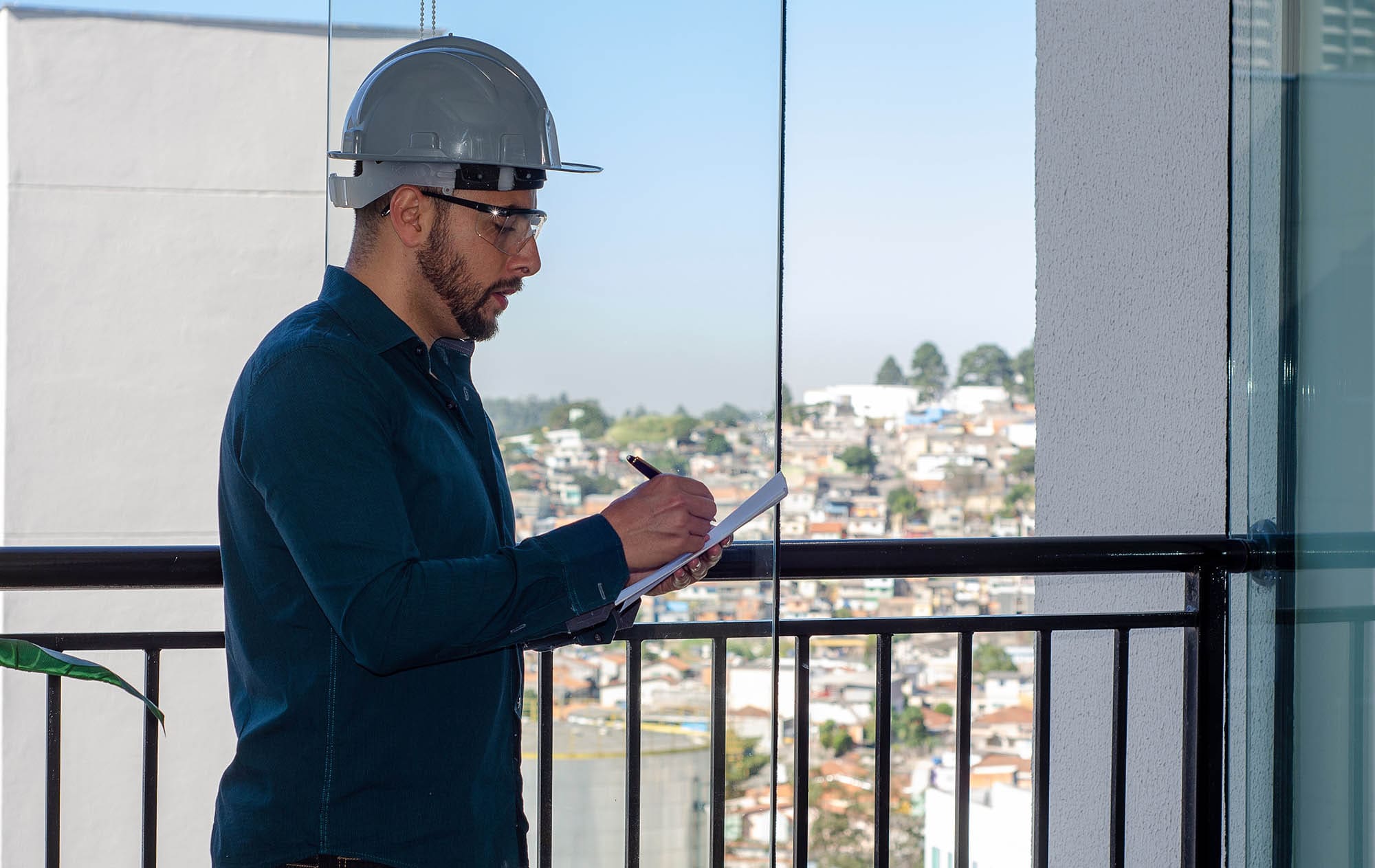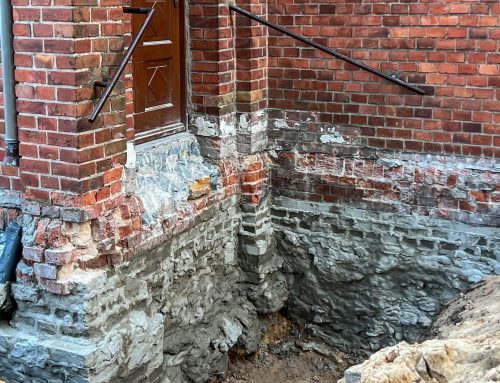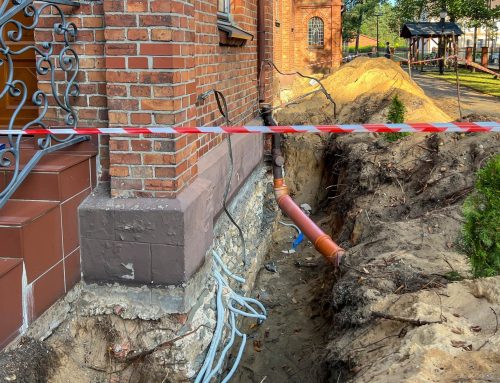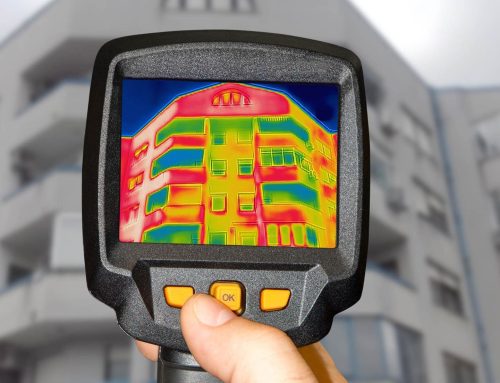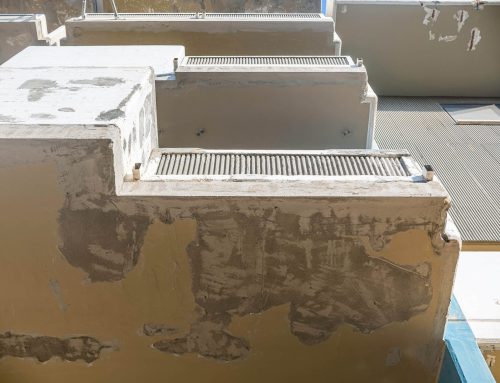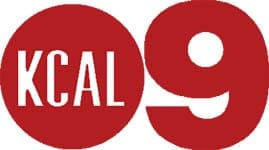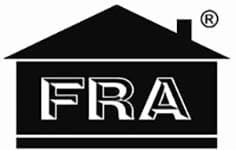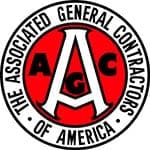Here at Weinstein Construction, we are always hard at work putting together helpful information for our clients, and especially the specific details of each project’s scope of work. As such, we thought it would be helpful for owners of multi-unit residential apartment buildings, as well as for a home owner’s association of a condo building, to learn more about what a typical scope of work looks like, for a balcony inspection and repair project!
We are, of course, referring to a project that satisfies the requirements of California Senate Bills 326 and 721, otherwise known as the “Balcony Inspection Laws”, which mandate safety inspections and repair of damaged balconies, decks, stairs, catwalks, and other “Exterior Elevated Elements” (also called “EEE”). You can read more on the subject by visiting our Balcony Repair Services page.
What is the Scope of Work for a Balcony Inspection and Repair Project?
The scope of work of Weinstein Construction’s balcony inspection and repair project is designed to satisfy the requirements of the State of California’s Balcony Inspection Laws. Such a project typically has three phases:
Phase I – Pre-Inspection Balcony Repair Services
In Phase I of the project, Weinstein Construction professionals will conduct a site visit to your property and evaluate its general condition, as well as the number and layout of your property’s EEEs. During this visit, we will collect information sufficient to provide you with a preliminary report containing photos and/or sketches of identified EEEs (e.g., balcony, walkway, staircase, bridge, etc.) that should be considered “in-scope” for testing.
Phase II – Balcony Inspection Services
In Phase II of the project, we will conduct an inspection of the identified “in-scope” EEEs. As part of such an inspection, we typically use the least intrusive method necessary to examine the load-bearing components of each EEE, including a visual inspection, as well as the use of a borescope, moisture meter, and infrared technology. If circumstances allow us to use a borescope, we typically drill small inspection holes, and plug them later. Alternatively, when small inspection holes do not allow us to see whether or not water has intruded and deteriorated the EEE’s wood framing, we need to expose an area of the balcony’s underside, so that the inspector can view the EEE’s hidden structural elements. At the conclusion of this site visit, you will receive a report of observations and recommendations regarding any remediation opportunities, as well as safety hazards identified during the inspection.
Phase III – Remediation Services (OPTIONAL)
In those instances when the inspection identifies EEEs that have deteriorated due to wood destroying organisms, corrosion, or water intrusion, at your option, Weinstein Construction’s professionals will provide you with a proposal for remediating and correcting the damaged EEEs (after the engineer creates remediation working plans). Note that the majority of inspections, especially those of newer buildings, are likely to result in the identification of no damage to EEEs, or perhaps only minor damage, which can be repaired as part of the building’s routine maintenance schedule.
When is a good time to schedule a balcony inspection?
This is important! Please don’t delay! The closer we get to the fast-approaching inspection due date, the harder it will be to find inspectors, engineers, and qualified balcony repair contractors in the Greater Los Angeles area. These individuals will be struggling to cope with inspecting and repairing thousands of apartment and condo buildings, and this means that the closer you get to the inspection deadline, the more expensive the inspection will get!
call Weinstein Construction today at (888) 412-8363 to schedule your free “California Balcony Law” consultation! Take advantage of lower prices today and get help in planning for this important and mandatory inspection program!
